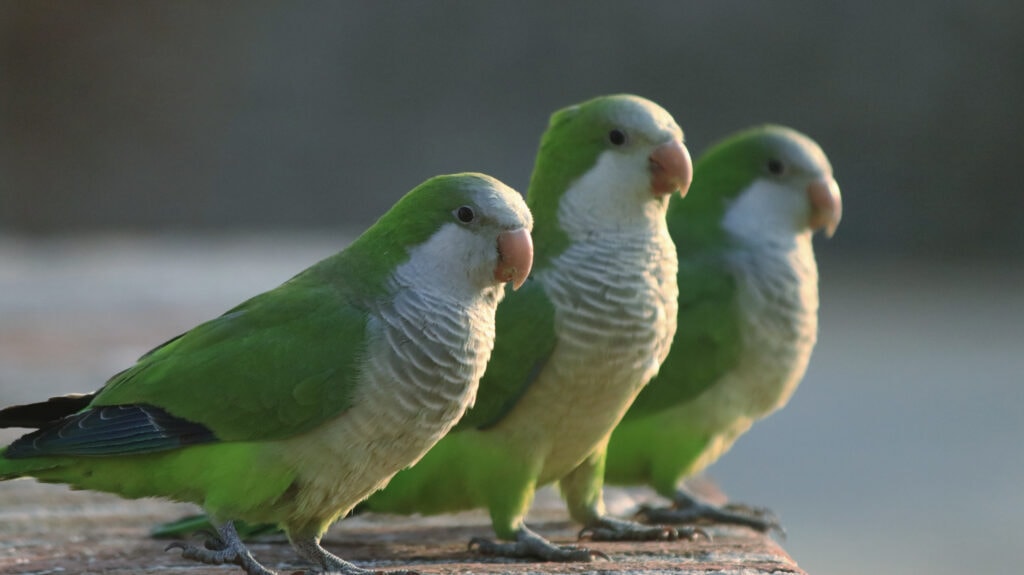For social animals, the ability to recognize one another is an essential skill. From hairdos to facial bone structure to body language, humans have a million little cues that help us distinguish a loved one from a stranger. One of those cues is voice. For human beings, no two voices are the same. From your anatomy to the language you speak to the little imperceptible habits you’ve picked up and repeated throughout your life, your voice has been shaped into something uniquely “you.” It is so unique, in fact, that some refer to it as equivalent to a fingerprint. And if you think about it, it makes sense. In a crowd of people, your loved ones’ voices stand out above the others. You can likely identify them with a high degree of consistency. It turns out, we’re not the only ones who do so.
Related Article: Excitement and Tragedy as Chicago Migratory Bird Fallout Event Turns Fatal
A recent study found that Monk Parakeets may recognize each other based on a unique “vocal signature” that can be identified across a wide variety of different calls and sounds. This is significant because it means that, rather than identifying others by a particular song or “calling card” sound, they may actually recognize each other by a consistent vocal quality. In the past, many animals have been understood to recognize each other based on “signature sounds,” but a distinct and recognizable voice that applies to all sounds has not been studied in the same way.
For birds like Monk Parakeets, who are highly social and live in large flocks with complex social dynamics, the ability to pick a friendly voice out of the crowd is an indispensable one. It makes sense that there would be a distinct value to recognizing the voice behind each call, whether its a simple greeting call or something more involved. With dozens of birds singing all at once, the ability to sort the voices into familiar birds could lend a bit of order to the chaos.
To the human ear, the shrieking of a flock of parakeets may sound like a cacophony of noise, but to a fellow parakeet it may be a treasure trove of information. This study raises questions about the potential for other animals’ communications to contain hidden signatures as well. For animals like bats and dolphins, who are well know to use verbal cues for communication, it is likely that there is more information below the surface than our current scientific understanding.
Popular Article: Barred Owls Are Breeding in Wyoming for the First Time

